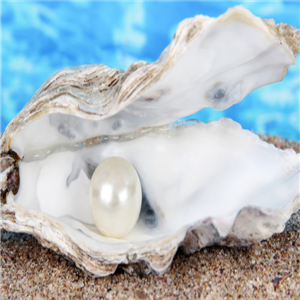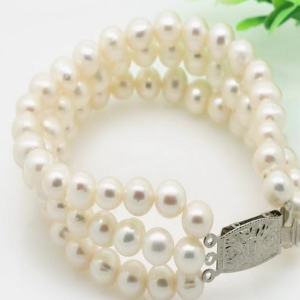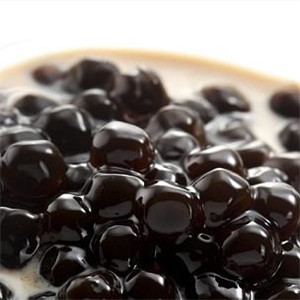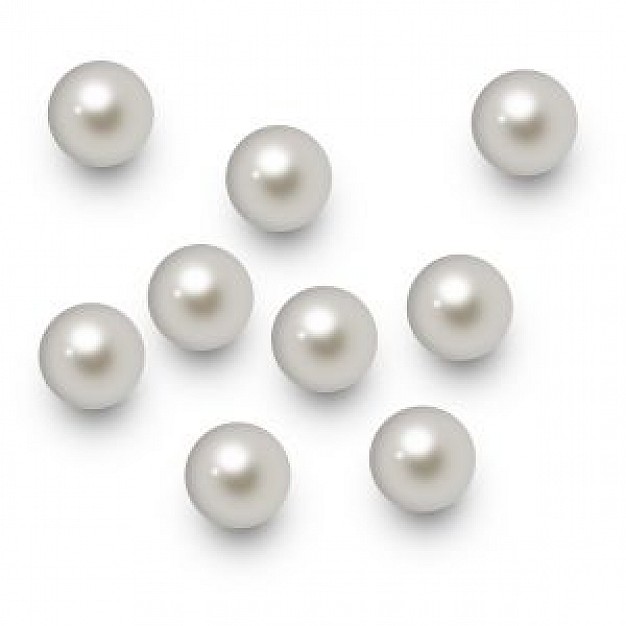Pearl
Pearl shape classification
Origin of pearl formation
Pharmacological effect of pearl
See more "Pearl" franchise projects
“ Pearl ”Related franchise projects
-
-
Investment amount: -
100000~200000
-
Consultation: -
zero people
-
Requested: -
eight hundred and sixty-six people
Pearl tea shop Jing'an District, Shanghai -
-
Products: tea with milk Number of stores: five hundred and twenty -
Investment amount: -
100000~200000
-
Consultation: -
zero people
-
Requested: -
one thousand one hundred and forty-three people
Drink Hand fried Black Sugar Pearl Milk Tea Zhabei District, Shanghai -
-
Products: Pearl Number of stores: one hundred and forty -
Investment amount: -
100000~200000
-
Consultation: -
zero people
-
Requested: -
eight hundred and thirty-five people
White Dragon Pearl Fengtai District -
-
-
Investment amount: -
100000~200000
-
Consultation: -
zero people
-
Requested: -
one thousand one hundred and seventy-two people
Pearl Accessories Xiuying District, Haikou City, Hainan Province -
-
Products: tea with milk Number of stores: twenty -
Investment amount: -
10000~50000
-
Consultation: -
zero people
-
Requested: -
eight hundred and seventy-six people
Potted Pearl Old Man Brown Sugar Pearl Milk Tea Nanning, Guangxi Zhuang Autonomous Region -






